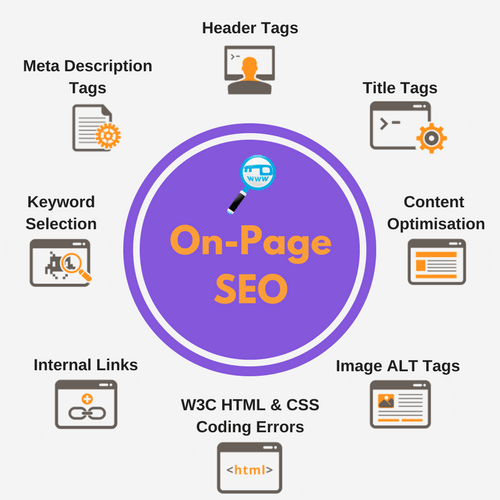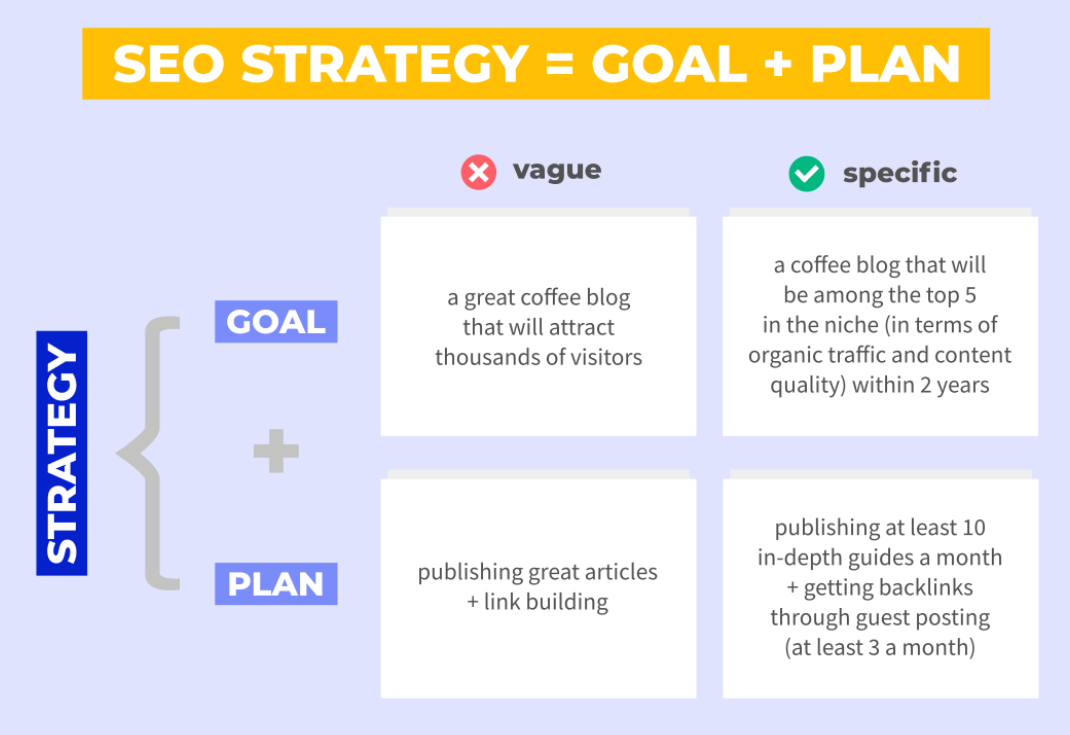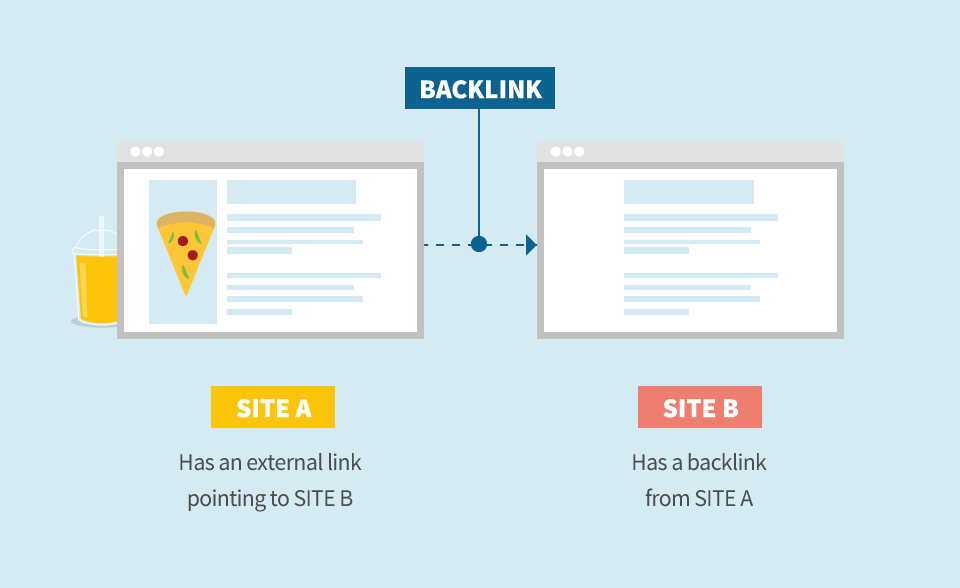Well-designed category pages contribute to the success of any commercial site, as they represent an important step towards conversion. When developing a general SEO strategy, their optimization, you need to pay special attention to the most important content displayed in the top, attracting targeted users and ensuring high sales.
In this article, we will consider the most common mistakes made when implementing SEO on the pages of categories of commercial sites. If your brand has a low ranking in search results, study the tips below and find the right way to solve the problem.
1. Useless text
If you think that you can impress the search engine with long descriptions, you are mistaken, especially if the text is not unique, but simply copied from other sites. Search engines prioritize quality over quantity and condemn plagiarism.
In addition, large volumes of irrelevant content are harmful from the point of view of sales, as they distract users from purchases. Some potential customers may forget why they clicked on your link in the search results. Others may not have the time or patience to read long descriptions, and they will leave the site to quickly solve their problems elsewhere.
Do you have services or products that you want to sell? Then do not tire the target audience with unnecessary information. Make substantive suggestions right away and explain how they will improve customer lives.
Ask yourself the following questions when writing SEO descriptions on category pages:
- What user behaviour should this page stimulate?
- Do all page elements contribute to this behaviour?
- Will this page promote sales or just inform users after I add new text?
2. Overuse of keywords – Keyword Stuffing

Excess of Using keywords is one of the most common sins of inexperienced SEO professionals. They believe that the more keywords inserted into the text, the better. This approach worked in the distant past, but modern search algorithms are much more complicated and do not lend themselves to primitive manipulations.
Common forms of keyword overuse:
- Multiple references to the same keywords on the same page.
- Keyword density too high.
- Each title and subtitle begins with the same keyword, without adding any semantic load.
- List of regions by which the brand wants to be ranked.
- Telephone numbers provided out of context.
- Listing keywords instead of a full description.
Do not expect these methods to push your site up in search results. Not only will they give zero SEO results, but they will also repel potential buyers. Low-quality content demonstrates your indifference to customer needs, as well as your inability or unwillingness to provide a good user experience.
To increase the credibility of your site and its search ranking, you need to create useful, relevant and interesting content by adding keywords to the text naturally and implicitly.
3. Lack of meta tags – meta properties
Each page on the site should have a heading built around the strongest keyword from the list generated for this particular page. The name should attract the attention of both search robots and users.
It is also necessary to create alternative text for all images on the page. If the image for some reason does not load in the browser, this text will give users an idea of the context. Alternative text is also intended for people with disabilities and AI-assisted virtual assistants such as Siri.
Although users like visual content, search engines still cannot crawl it as accurately as text. Use alt tags as hints to draw the attention of bots to the most important content and help them interpret it correctly.
4. Lack of internal linking – internal backlinking
Internal links reflect the relationship between pages and help users and search engines navigate the site. Once a visitor has studied a specific page, he can go to a related page to expand his knowledge or buy additional products. Relinks relieve users of the need to once again use the internal search, delve into your blog or directory and make additional clicks.
Link to category pages in product descriptions and news articles. So you give an impetus to cross-selling and push potential customers to move from contemplation to action.
In addition, if many product pages link to a category page, search engines rate such content as important and increase its ranking.
5. Duplicate content – Plagiarism
Even if you have two similar categories, for example, “Mountain bikes for rough terrain” and “Bicycles for skiing on mountain trails”, you still need to try to write the original text for each page.
Also, do not use the same content for category pages and product pages. The category description should include common keywords, and product page descriptions should include more specific and narrowly focused keys. Then customers, still unsure of their choice, will be able to study all the available options on a common page, compare them according to various characteristics and decide which product best suits their needs. At the same time, buyers looking for a particular product can immediately go to the product page and quickly purchase it.
6. Lack of micro marking – Schema Markup
Micro-markup is an HTML specification that helps search engines more accurately interpret the source code of a page. All necessary changes can be made manually. But with a large amount of code, it is recommended to automate the process using a useful application, widget or plug-in.
Mark category names, prices and other important information on the page to increase the chances of its presentation in advanced snippets. After implementing micro-markup, be sure to check its correctness using a validator, for example, a structured data testing tool from Google.
7. Merging unrelated categories
Online stores are characterized by the presence of several large categories with products that strictly correspond to these categories and a number of products that cannot be assigned to any of them.
Let’s say a furniture brand sells 20 models of tables, 30 models of chairs, two models of beds and one model of a sofa. The number of tables and chairs is enough to create two full categories. Since there are only two beds and one sofa, a furniture brand can create the Other category for them or add them to the Tables or Chairs category, which will confuse users even more.
Even if there is only one sofa in your catalogue, it is better to create a separate category for it. A clear and strictly organized site structure is one of the pillars of upscale user experience. No one will look for a sofa in the “Tables” or “Chairs” category, while “Other” sounds like “Accessories”. Do not save on unique category pages, as it is they that keep users on the site and send clear signals to search engines about the availability of a particular product.
Final Words
We hope that the information on the most common SEO errors for category pages will help you avoid them, and create effective pages that will significantly improve the site’s search ranking, increase conversions and work for the brand to flourish in the long run.









